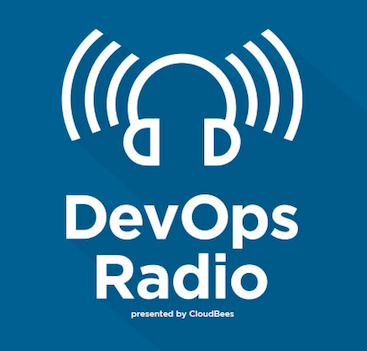Microservices can seem intimidating at first, but they're just regular applications at the end of the day. They can execute tasks, listen for requests, connect to databases, and everything else a standard API or process would do. We only call them microservices colloquially because of how we use them, not because they are inherently small.
This tutorial will demystify the creation and operation of microservices for Node.js developers by creating a microservice using a popular Node.js framework, NestJS. We won’t go into detail about the design or architecture of NestJS applications specifically, so if you’re unfamiliar with the framework, I’d recommend you check out its docs first or skip to one of our Node.js samples that use Express directly.


 In
In